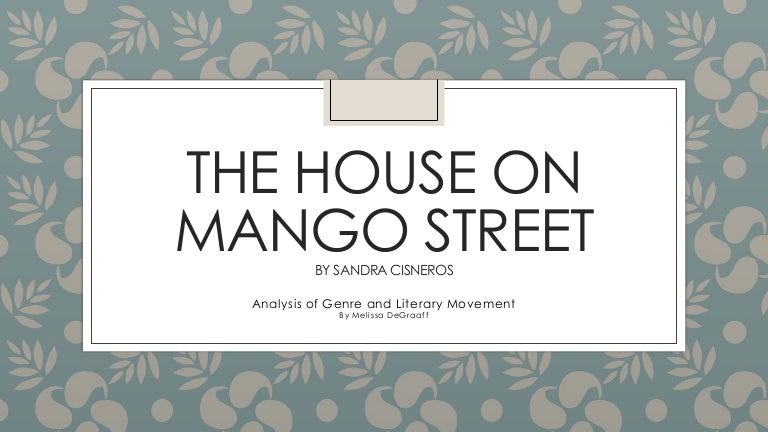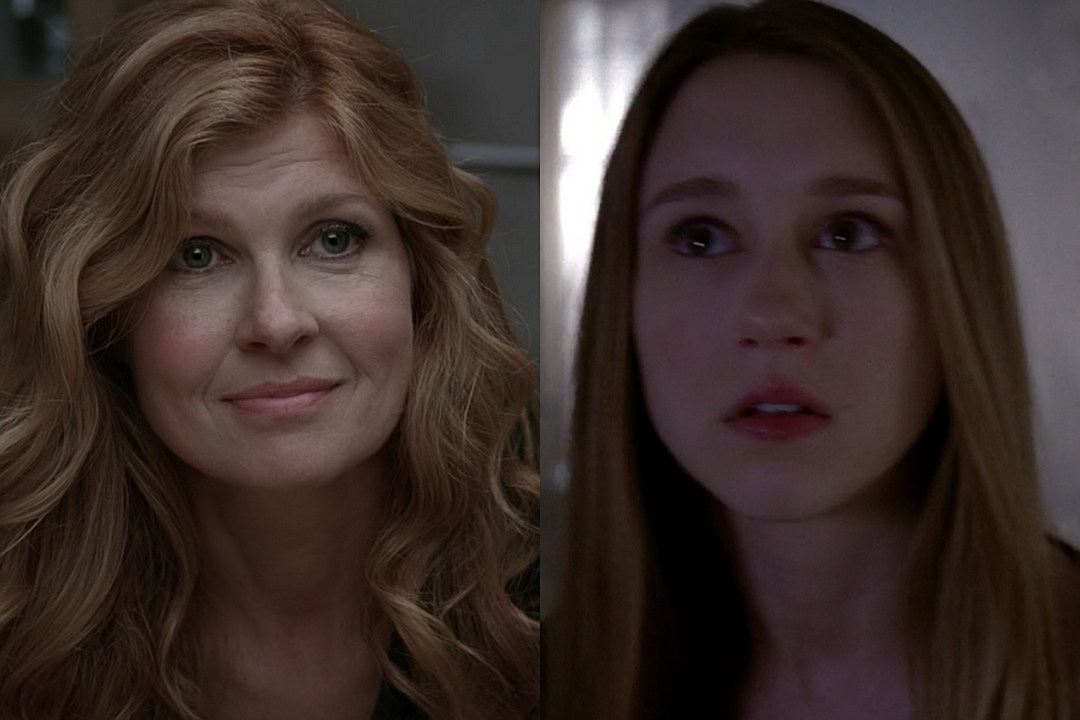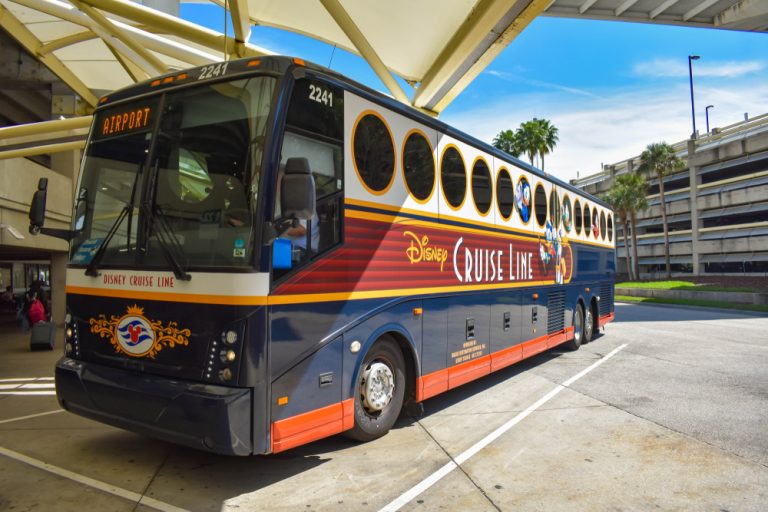Table Of Content

The legendary parties held at the compound during Hearst and Davies’ tenure had guest lists that often numbered in the thousands. Luminaries such as Howard Hughes, Clark Gable, Charlie Chaplin, Bette Davis, Carole Lombard, Cary Grant, Winston Churchill, and Gloria Swanson all spent time at the massive estate at one time or another. Known as the "Father of the Port of Los Angeles," Phineas Banning built this historic residence in 1864, several years after he founded the town of Wilmington. The 23-room Banning House is widely regarded as the finest example of domestic Greek Revival architecture in Southern California. The house interiors have been carefully restored to their original Victorian beauty - 18 rooms are open to the public. The Banning House was designated a California Historical Landmark in 1935, Los Angeles Historic-Cultural Monument No. 25 in 1963, and added to the National Register of Historic Places in May 1971.
Discover the Landmark Houses of Los Angeles
Through a selling of the estate and mansion to different developers and eventually the City of Beverly Hills, the entire grounds were dedicated as a public park in 1971 and is also the site of the city’s largest reservoir. (6 p.m. Daylight Savings) for a stroll around the majestic estate and gardens. The Gamble House in Pasadena is widely regarded as a masterpiece of the Arts and Crafts style. The three-story house and its furnishings were designed by Charles and Henry Greene in 1908 for David and Mary Gamble of the Procter & Gamble Company. Today, the house is owned by the City of Pasadena and operated by the University of Southern California School of Architecture. Two fifth-year USC architecture students live in the house full-time; the resident students change every year.
Theaters on Main Street

And when she does leave, Esperanza vows to return for those who are not strong enough to escape on their own. The House on Mango Street is a bildungsroman (coming-of-age story) of a young Chicana (Mexican-American) girl named Esperanza Cordero. The book is told in small vignettes which act as both chapters of a novel and independent short stories or prose poems. The story encompasses a year in Esperanza’s life, as she moves to a house on Mango Street in a barrio (Latino neighborhood) of Chicago, Illinois. The house on Mango Street is an improvement over Esperanza’s previous residences, but it is still not the house she or her family dreams of, and throughout the book Esperanza feels that she doesn’t belong there.
'The Atlas Of Reds And Blues' Was Inspired By Author Devi Laskar's Frightening Experience With Law Enforcement - Bustle
'The Atlas Of Reds And Blues' Was Inspired By Author Devi Laskar's Frightening Experience With Law Enforcement.
Posted: Wed, 06 Feb 2019 08:00:00 GMT [source]
Third from Spring to Main, Third and Main
The novel is made up of a series of vignettes that capture Esperanza'sobservations and experiences, reflecting on themes of identity, gender roles,and the power of words. Esperanza's desire to escape her impoverished communityand the aspiration for a home she can call her own are central motifs,emblematic of her search for identity and a sense of belonging. Along with chronicling Esperanza’s growth, the book’s vignettes also move through brief descriptions of her neighbors. While some of these portraits involve eccentric or memorable men (Meme Ortiz, Geraldo, or Earl), most of them involve women who are trapped in some way. There is Mamacita, who does not leave her apartment because she is afraid of the English language, and Rafaela, whose husband keeps her locked up because she is beautiful. Alicia must stay up all night studying so she can graduate from college and get a good job someday, but her father makes her wake up early to make tortillas and do the chores.
Best Young Adult Novels, Best Teen Fiction, Top 100 Teen Novels - NPR
Best Young Adult Novels, Best Teen Fiction, Top 100 Teen Novels.
Posted: Tue, 07 Aug 2012 07:00:00 GMT [source]
Some even tell her that she is talented and will go far, but they remind her that she must always remember her people and where she comes from. Her mother shares her own regrets about giving up on her education too soon and wasting her talents. Esperanza begins to dream of having a house all to herself; a house surrounded by nature that is quiet enough to focus on writing. The final vignette declares that she will continue on with her love of writing and will leave Mango Street in order to pursue her dream, but she will not forget to come back for the ones she leaves behind.
See eNotes Ad-Free
The mayor's official website is Los Angeles City Hall is the center of the government of L.A. Completed in 1928, the landmark building houses the mayor's office and the meeting chambers and offices of the Los Angeles City Council. City Hall is located in the Civic Center district of Downtown Los Angeles. The site operated as the popular Sand & Sea Club for decades, then sat vacant and boarded up for years until the city of Santa Monica announced plans to renovate and reopen it as a public beach facility. Renowned philanthropist Wallis Annenberg donated $27.5 million to the cause. During the renovation, all of the remaining original structures from the Hearst days were demolished, except for a 110-foot Italian marble swimming pool and one of the guest homes, now known as the Marion Davies Guest House.
Study Tools
Movie fans will recognize the house as Doc Brown’s mansion from the Back to the Future movie trilogy. The Gamble House is designated as California Historical Landmark #871 and is listed in the National Register of Historic Places. Dreams and beauty are spread throughout The House on Mango Street, and most often come as a means of escaping the harsh realities of life. The house itself plays a very important part, especially in how the narrator reacts to it. She is fully aware that she does not belong there, everything about it is described in negative terms delineating everything that it isn't versus what it is. It's by knowing where she doesn't fit that she knows to where she might fit.[58] It is similar to the concept of light and dark.
It was built in 1949 by renowned husband-and-wife designers Charles and Ray Eames, to serve as their home and studio. The couple moved into the house on Christmas Eve, 1949 and lived there the rest of their lives. In September 2006, the Eames House was added to the National Register of Historic Places and designated a National Historic Landmark. It was designated Los Angeles Historic-Cultural Monument #381 in July 1988.
West side of Main from Temple south to First
The walls of the Avila house are made of adobe brick, a material consisting of clay, water and other organic materials like straw. The character is impressed upon by these forces and they guide her growth as a person. As she grows older, Esperanza has troubling glimpses of the adult world.When they are playing with the shoes, a vagrant approaches Rachel and asks herfor a kiss. Later, when Esperanza has her first job, an older man makes thesame request of her, claiming that it is his birthday. When she is about tokiss his cheek, he twists her face around and kisses her hard on the mouth.Esperanza also sees the pain and drudgery in her parents’ lives.
Groups with 10 or more visitors must make an appointment and sign a group release form prior to visiting. Guided, one-hour personal tours of the interior are available for $275 (1-2 adults) and $450 (3-4 adults). Diehard fans can indulge in an Eames tradition, a picnic in the house meadow, for $750 (1-4 adults). Los Angeles is known around the world for its masterpieces of residential architecture.
The service is curb-to-curb and utilizes a fleet of small buses, mini-vans and taxis. Fares are distance-based and range from $2.75 to $3.50 for each one-way trip. Personal Care Attendants may ride with the qualified rider for free. Angelenos spend a good portion of their time driving around L.A., whether it’s for work or pleasure. Whether it’s your first time in the City of Angels or you’re a frequent visitor, here are some basic driving rules and tips to help you discover Los Angeles. Metro is the primary bus operator in the Los Angeles Basin, the San Fernando Valley, and the western San Gabriel Valley.
Esperanza’s mother encourages her to study and use education as a means ofescape. Esperanza and her family (Papa; Mama; her two brothers, Carlos and Kiki; andher sister Nenny) have moved around from rented house to rented house, untilthey were able to acquire their own home on Mango Street. Esperanza is thenarrator of a series of vignettes about the street and its inhabitants, whomshe observes closely and some of whom she befriends.
Though many of the stories she tells are painful and sad, Cisneros never writes them with a sense of despair. She started the Alfredo Cisneros del Moral Foundation to reward emerging Texan writers, and the Macondo Foundation to unite writers in fighting for social change. And, if that isn't enough evidence of her rosy outlook on life, consider the fact that she lives in a bright pink house, because, she says, "the colors make me happy" (source).
But the house she now owns in San Antonio, Texas has caused some controversy because of its bright purple color, which Cisneros chose herself. Some people argue that the color doesn’t fit with its historical neighborhood, while others support it as a statement of Mexican culture and Cisneros’s own creativity. Because the novel deals with sensitive subject matters, such as domestic violence, puberty, sexual harassment, and racism, it has faced challenges and threats of censorship. In spite of this, it remains an influential coming-of-age novel and is a staple piece of literature for many young adults. The House on Mango Street is considered a modern classic of Chicano literature and has been the subject of numerous academic publications in Chicano studies and feminist theory. The book has sold more than 6 million copies, has been translated into over 20 languages and is required reading in many schools and universities across the United States.
During the day, sheteaches at a school in Pilsen, on the South Side of Chicago. Her students havedifficult lives, enduring poverty and violence, and this makes her realize howprivileged her own existence has been. It also leads her sometimes to questionthe value of art, as she wonders what impact literature can have on the livesof these students. She develops an interest in a boy called Sire, who stares at her whenevershe passes his house, and imagines what it would be like to hold him and kisshim. Esperanza continually notices that the women on Mango Street lead severelyrestricted lives while the men can do whatever they like. Her neighbor Earlbrings a series of women back to his apartment, while Mamacita, across thestreet, never leaves the house, and Rafaela, a beautiful young woman, is lockedup by her jealous husband.
Sally seems to represent the vicious cycle of domestic violence and repression felt by women on Mango street. She is utterly desperate to find a man to marry her, to escape the beatings and maltreatment she gets from her father at home. This ‘vicious cycle’ is seen when Esperanza goes and tells Sally's mother that her daughter is in a garden with three boys and the mother completely disregards this, her mother doesn't seem surprised or worried. Her mother cares for her cuts and bruises allowing for the violence to perpetuate,[21] both mother and daughter give excuses to the father.



















